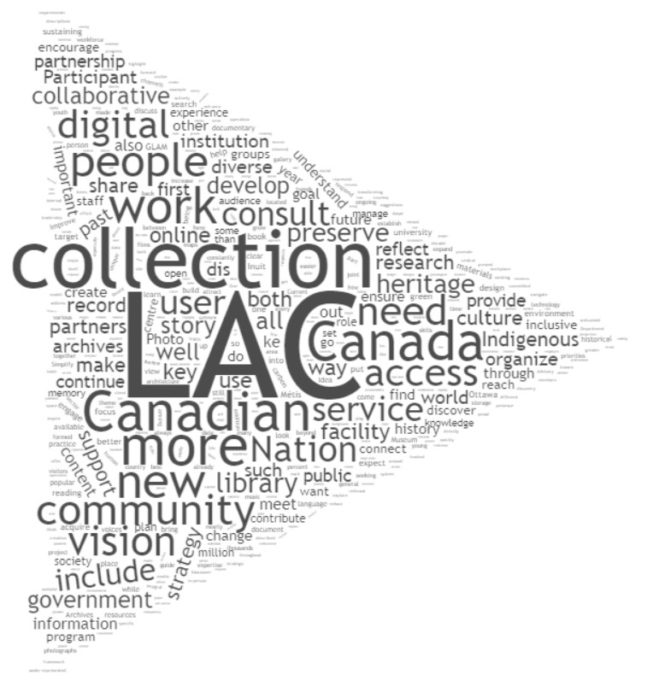Thanks to VividPix, as you’ll see by the logo and short intro ad, some of the OGS Conference 2022 sessions have been uploaded for viewing. As of Monday morning, those available to conference registrants are:
Using Oral Histories in Your Genealogical Research, by David Ryan.
Why Did Our Ancestors move between Canada and USA? by Gordon L. McBean.
Telling the Stories that Matter, Lunch and Learn by Rick Voight.
Second World War British Migrants to Canada, by John D. Reid.
Wanted Dead or Alive: Peter Loucks UE (?), by Chuck Buckley.
What You Don’t Know About the Canadian Census (Ontario Focus), by Janice Nickerson.
Understanding the Past – To Improve Our Future, by Paul Barber.
The Art of Slow Genealogy, by Tara Shymanski.
To access these recordings, please proceed as you did to join your session. The videos will remain available until 31 July 2022.
I’ll post on others daily as they become available.


 Rebels and “Patriots”!
Rebels and “Patriots”! How can Library and Archives Canada best serve Canadians in the coming decade and beyond?
How can Library and Archives Canada best serve Canadians in the coming decade and beyond? 